A mythical stage in the middle of needles, towers and other peaks. Crossing to the Lavaredo pass, under the Tre Cime and an extraordinary passage between the Tre Cime and Mount Paterno before reaching the Locatelli refuge and the north face of the Tre Cime.
4 hours of walking, +154m/505ft, -1050m/3445ft.
Possibility to extend the hike (2 hours of walking, +420m/1378ft, -420m/1378ft) by doing the complete tour of Mount Paterno, via the Croda Passaporto, the lakes of Cengia and the Büllelejoch pass, in the heart of the Dolomitic Needles. Then you reach the Locatelli refuge and the north face of the Tre Cime. Very nice descent in the Landro valley.
From there, 2 routes are available:
1/ Very easy, passing by Landro lake, then the track that climbs to the plateau at the hamlet of Carbonin. After 1.5 hours of walking, a path cuts through all the bends of this track, then crosses the plateau to Prato Piazza.
Total 7 hours of walking, +800m/2625ft, -1100m/3609ft.
2/ Quite steep climb, with a slightly aerial passage (over 5m/16ft, with handrails), which goes around the Strudelkopf through the pretty Chiara valley crossing over an easy pass at 2300m/7546ft, then descend to the magnificent plateau of Prato Piazza.
Total 7.5 hours of walking, +1050m/3445ft, -1400m/4593ft.
Overnight and dinner/breakfast in a refuge in Prato Piazza. (If your day 6 is a Saturday - or in the case no rooms are available in Prato Piazza - a hotel in Brückele will be used with a short public bus transfer, with supplement fee)
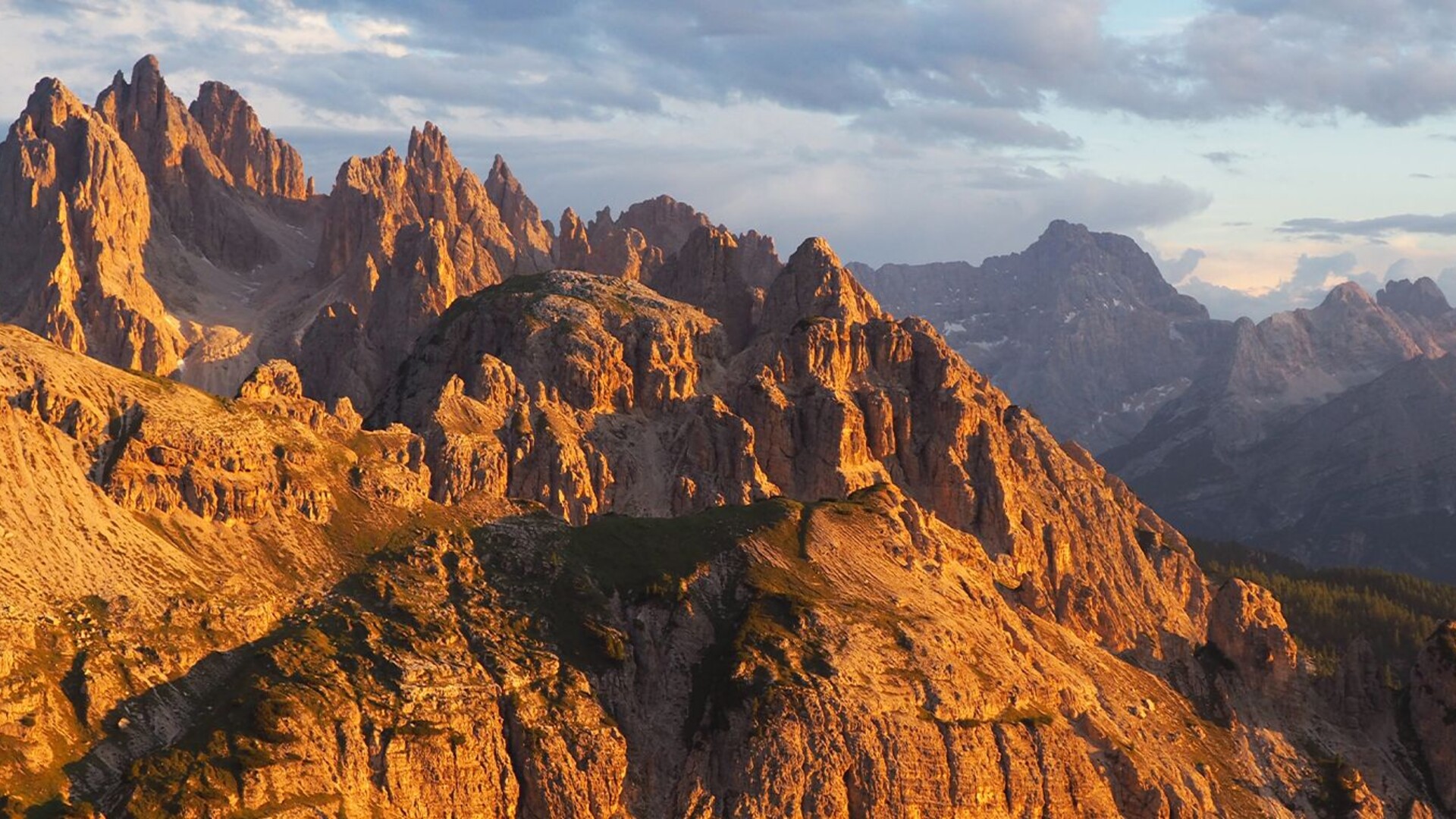
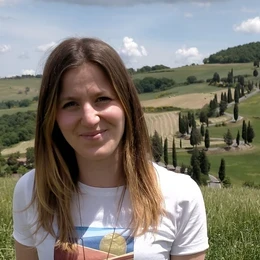


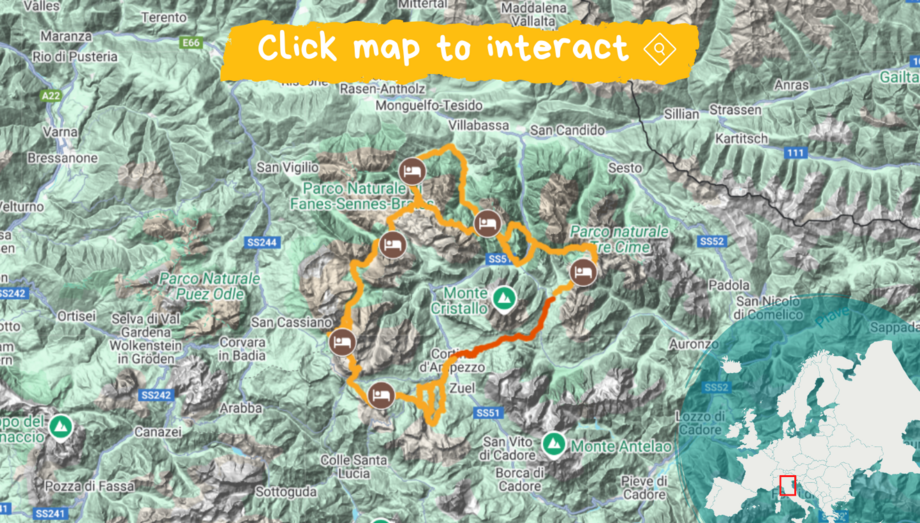



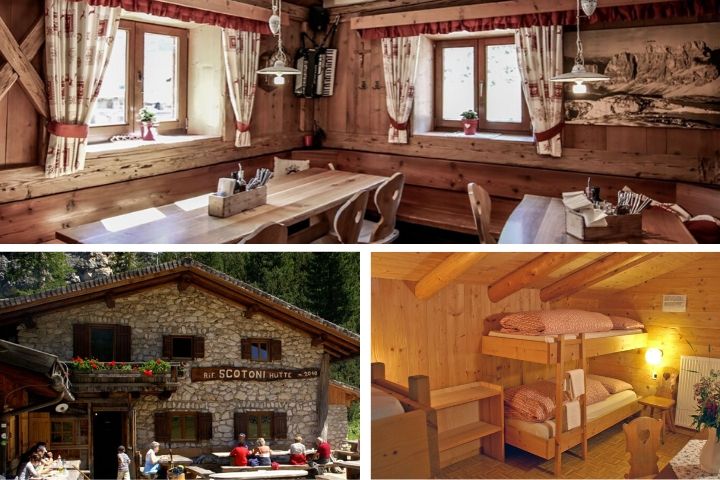
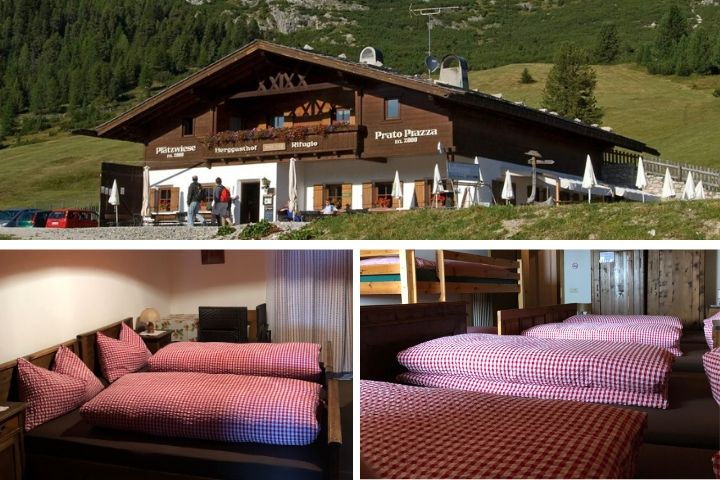
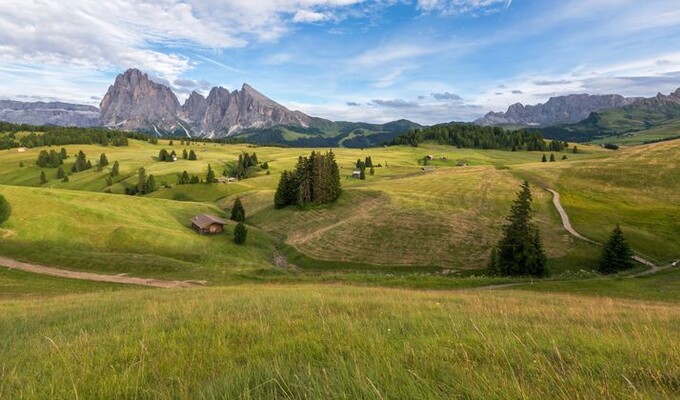
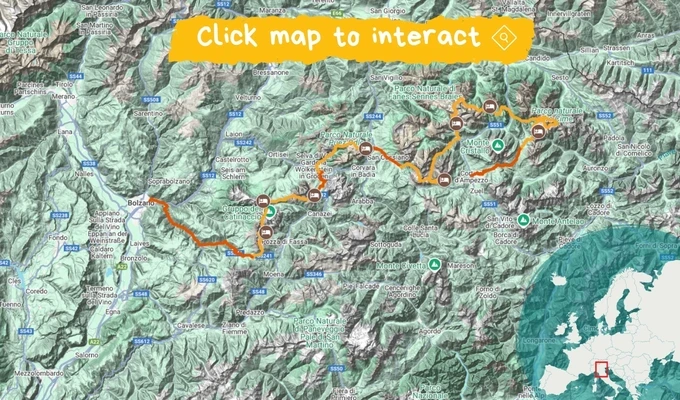
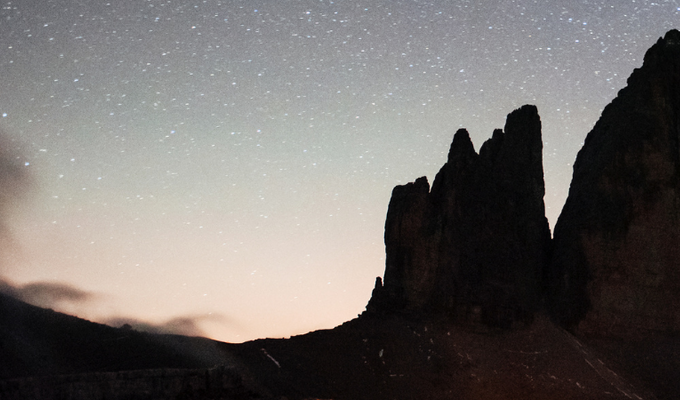

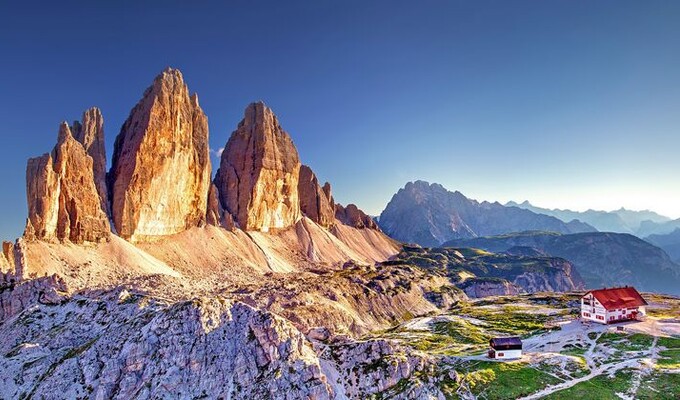
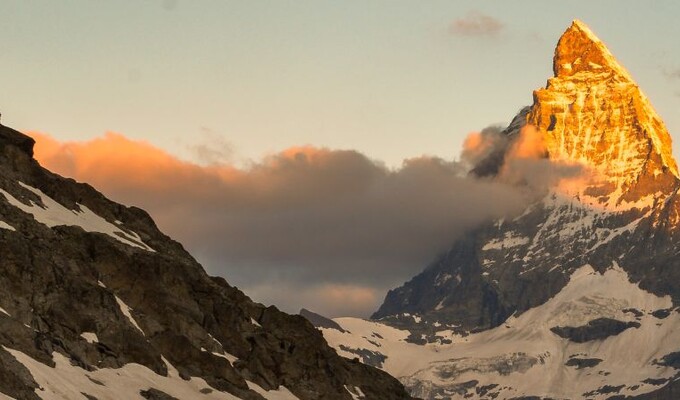
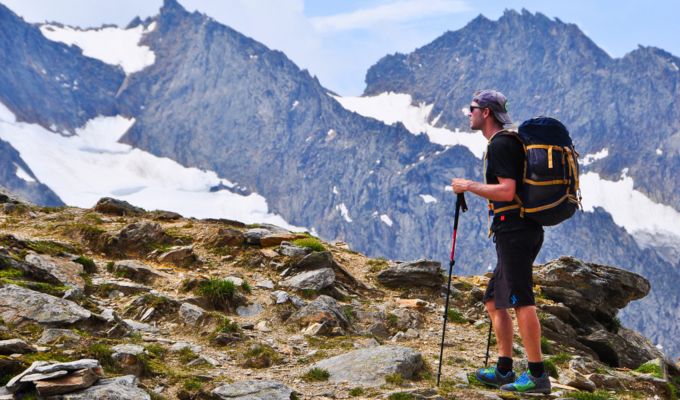

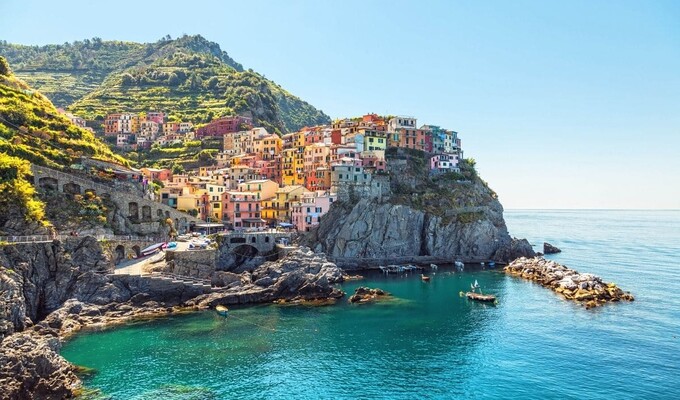
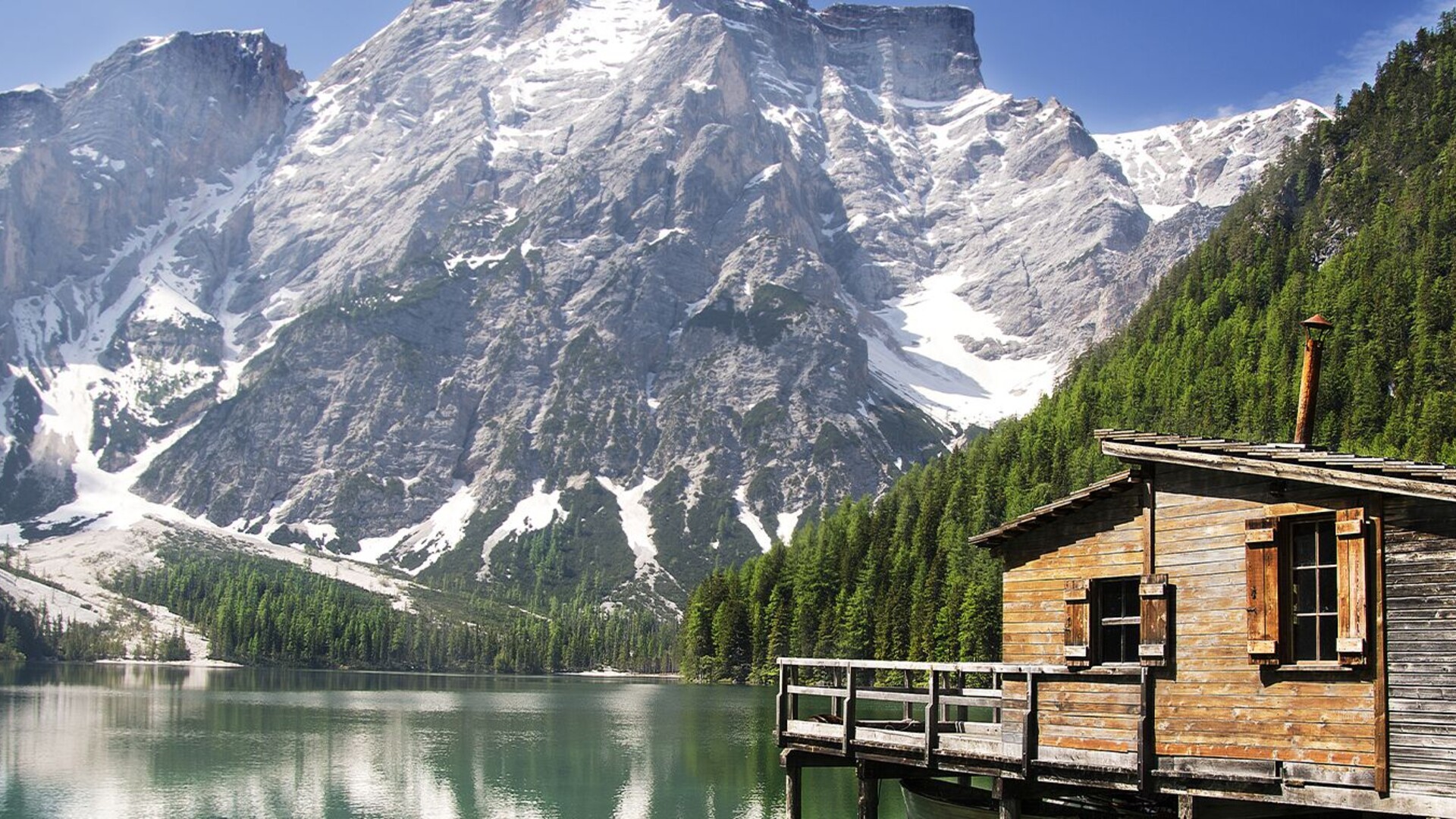
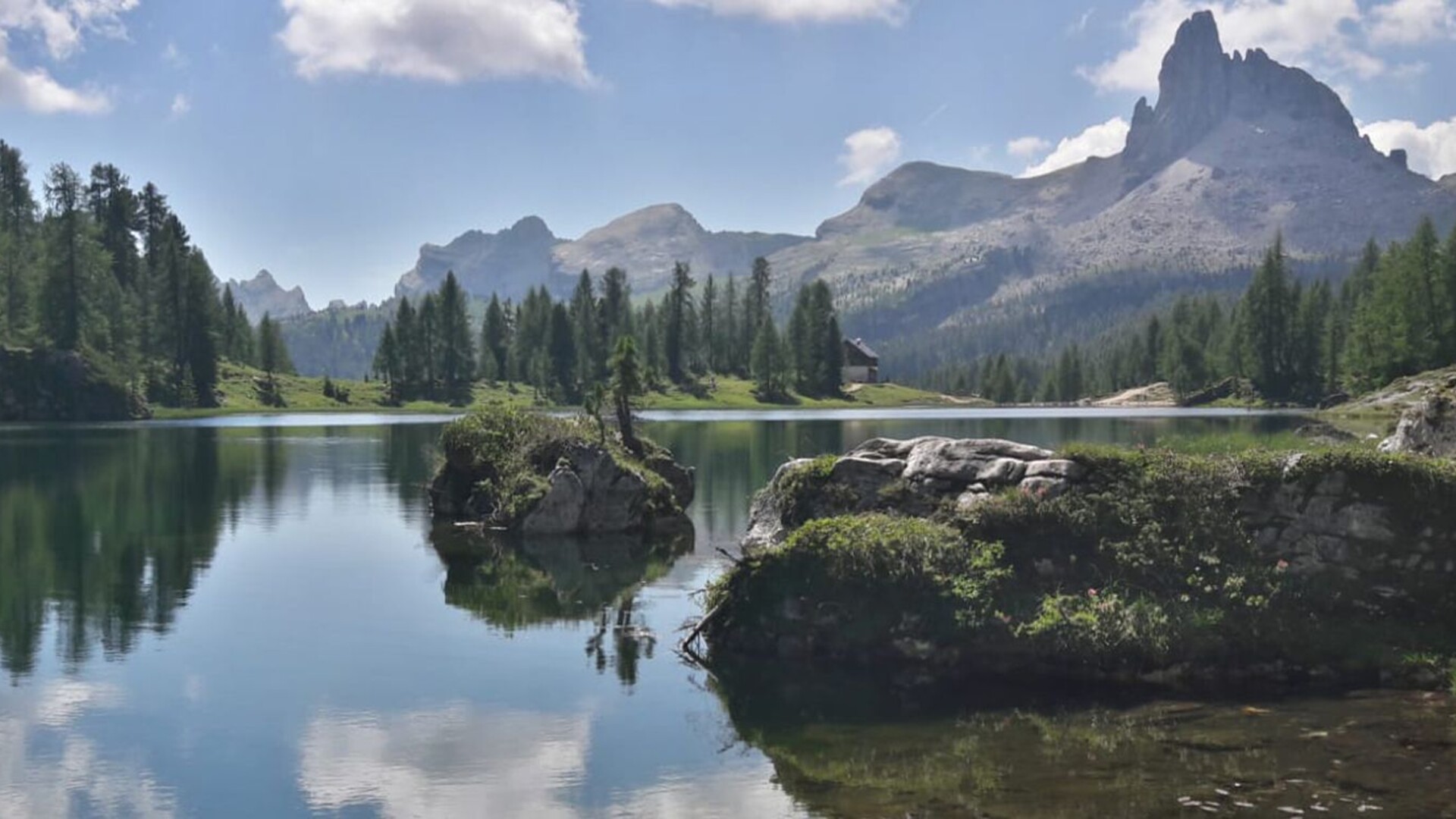

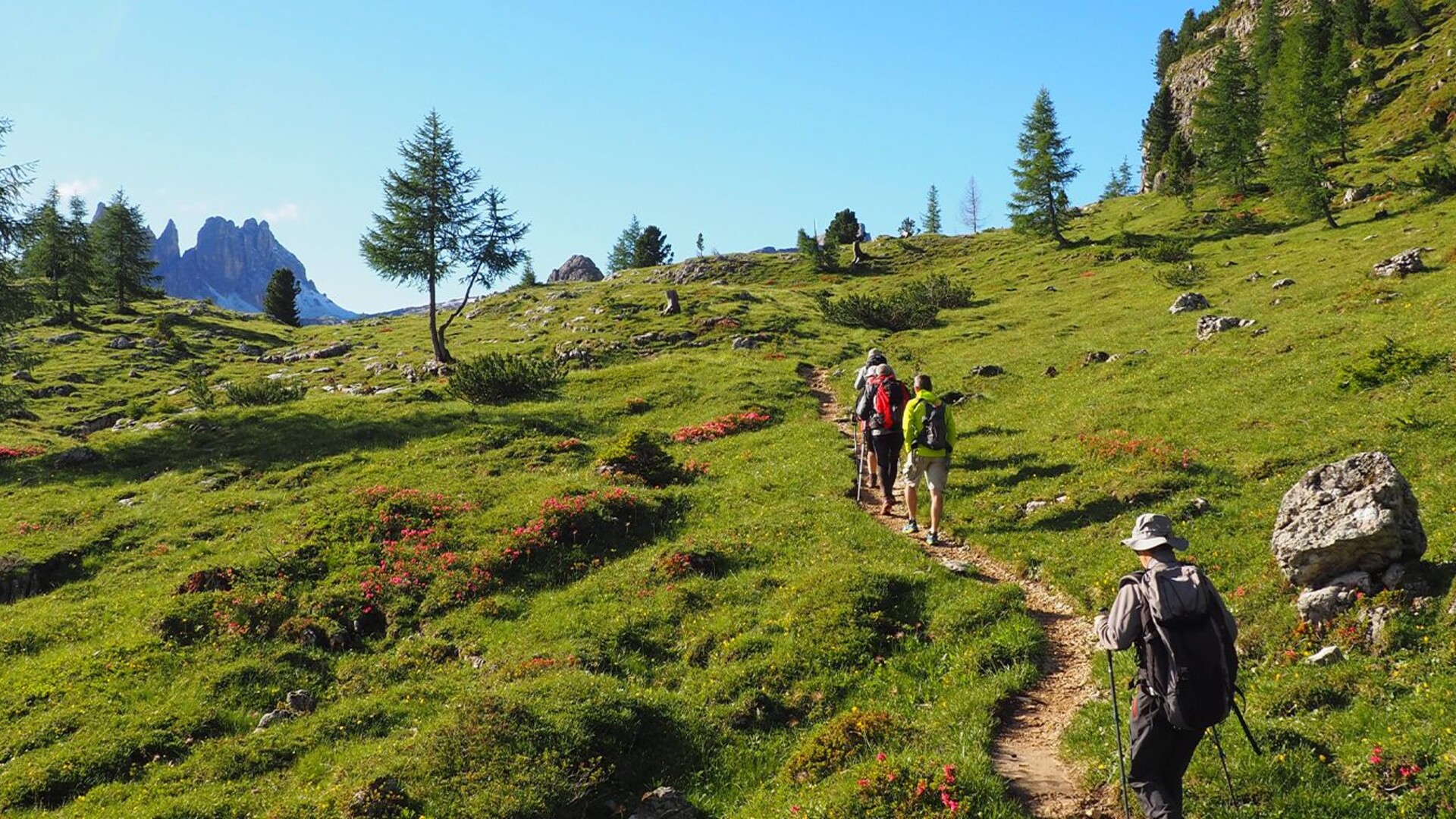
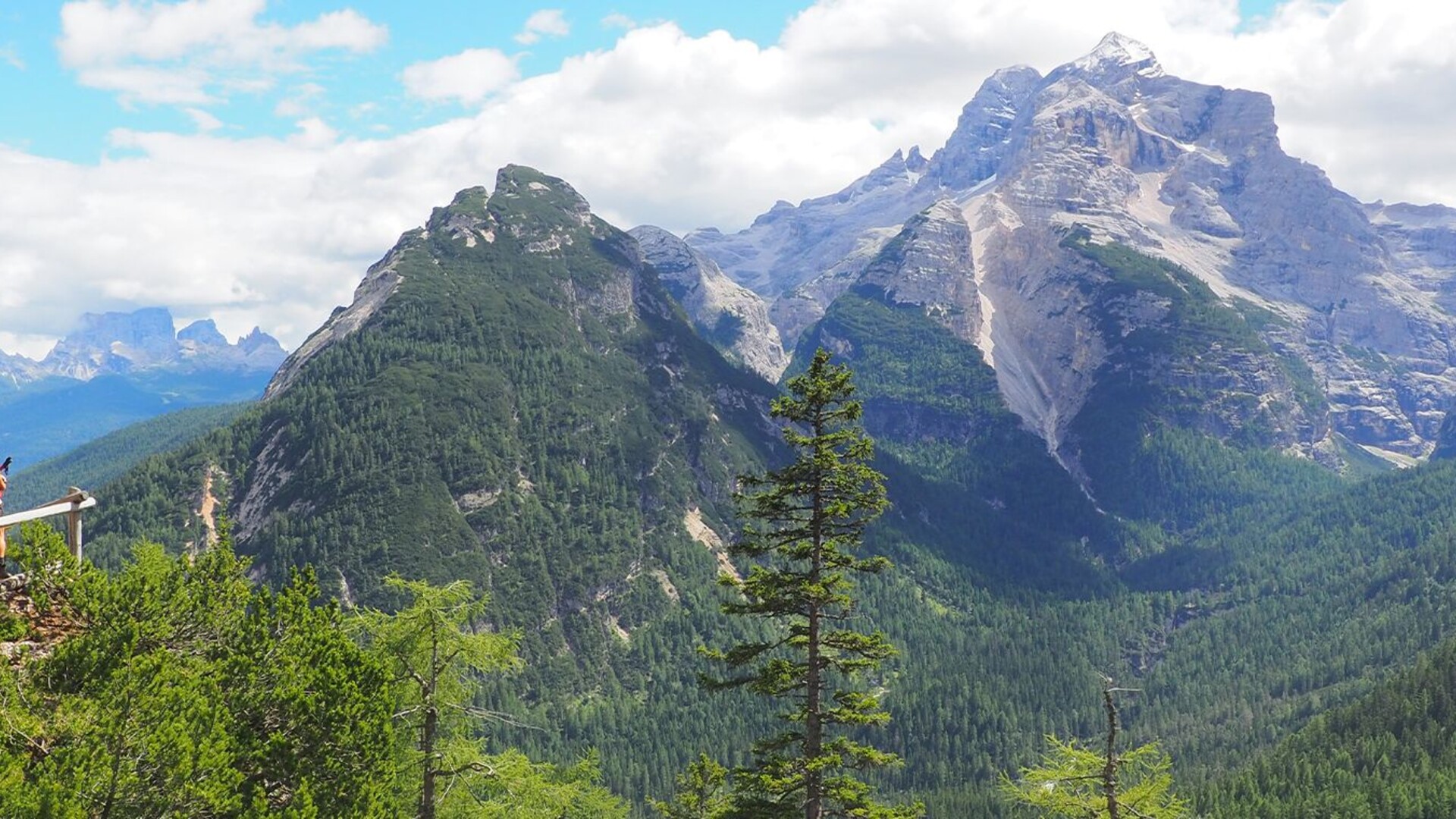
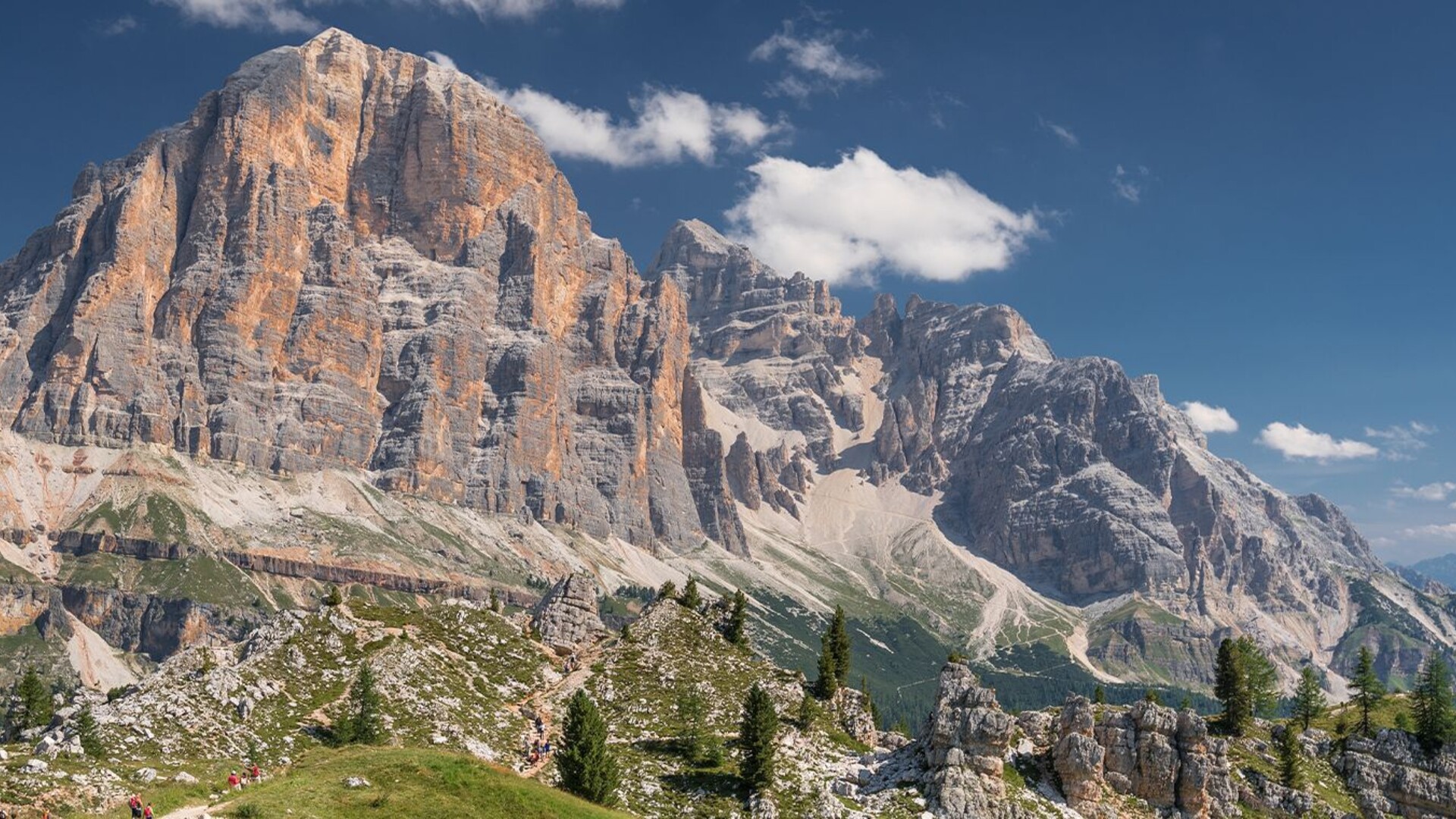
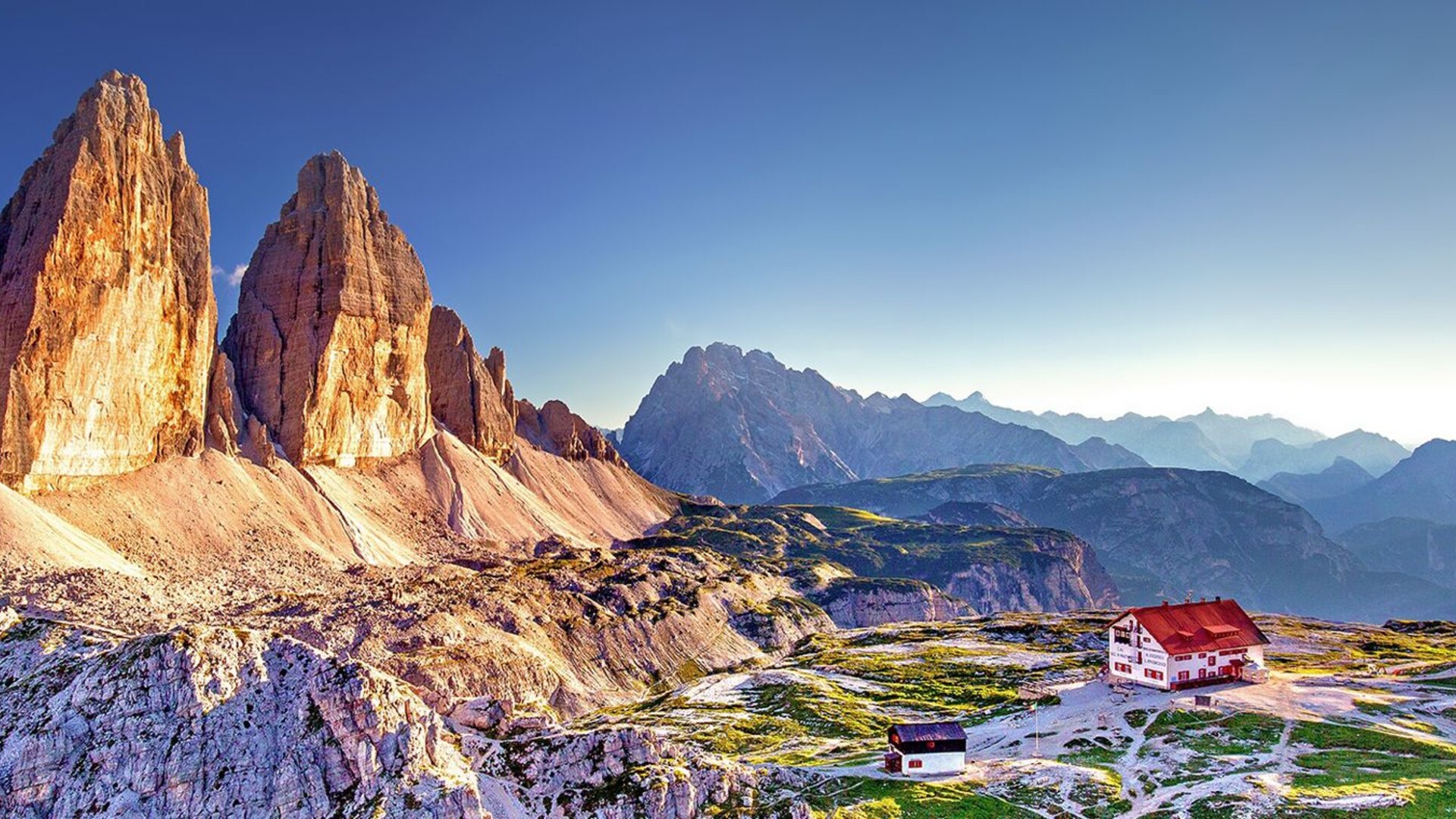
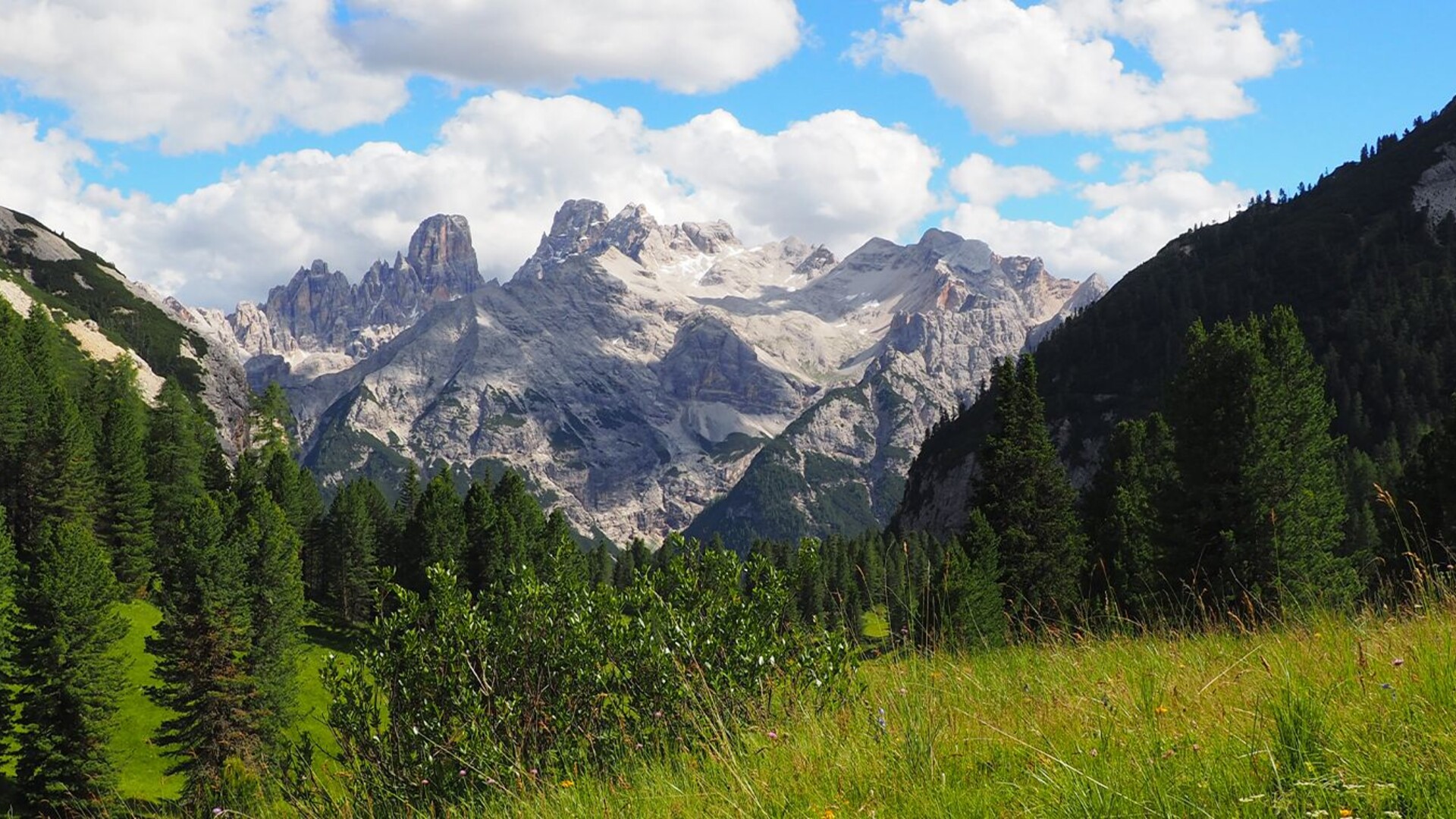

Traveller’s reviews
Beautiful route that can be adjusted according to your fitness level, breathtaking panoramas without too much strenuous effort, quality accommodations that allow for good recovery, and opportunities to interact with other hikers
Very good trip on all fronts: nature, sports, sensations, landscapes.